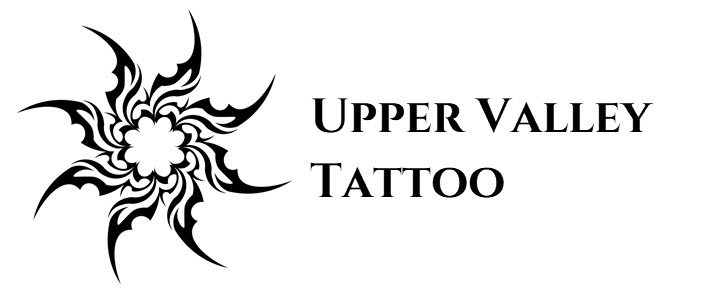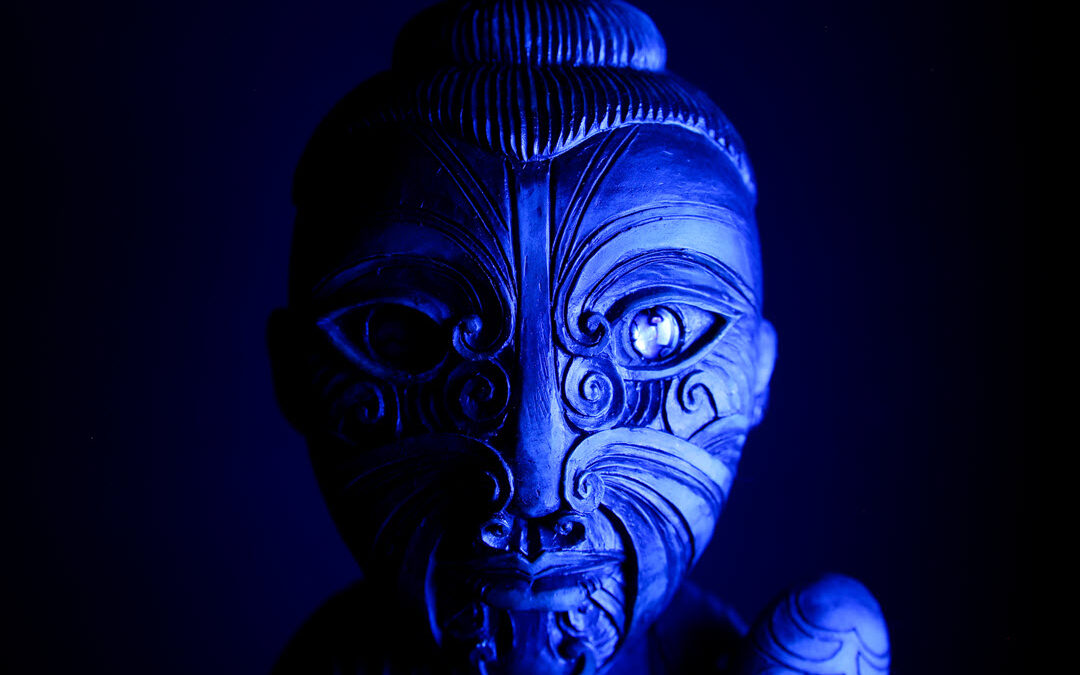From Ancient Traditions to Modern Expressions
Tattoo art, a practice that spans cultures and millennia, is deeply rooted in human history. From its ancient origins to its modern resurgence, tattooing has served as a powerful means of expression, identity, and ritual. This article delves into the historical journey of tattoo art, highlighting its evolution and significance across various civilizations.
Ancient Beginnings
Tattooing dates back to prehistoric times, with evidence of tattoos found on mummified remains. One of the oldest known examples is Ötzi the Iceman, a 5,300-year-old mummy discovered in the Alps. Ötzi’s body bore several tattoos, believed to be therapeutic, marking areas of pain relief akin to acupuncture points.
In ancient Egypt, tattoos were primarily found on female mummies, suggesting they played a role in fertility rites or religious practices. The intricate designs, often featuring deities and protective symbols, reflected the Egyptians’ deep spiritual beliefs.
Polynesian Traditions
Tattooing holds a profound place in Polynesian culture, where it is known as “tatau.” The art form, characterized by intricate patterns and symbols, served as a rite of passage, a mark of social status, and a form of protection. The process, involving tapping pigment into the skin with comb-like tools, was both painful and sacred. Polynesian tattoos conveyed stories, genealogy, and individual achievements, with each design meticulously planned and executed by skilled tattooists.
Asian Influence
In Japan, tattooing, or “irezumi,” has a rich history dating back to the Jomon period (10,000 BCE). Initially, tattoos were used as amulets, status symbols, and even as punitive marks. By the Edo period (1603-1868), irezumi had evolved into an elaborate art form, influenced by ukiyo-e woodblock prints. Full-body tattoos, often depicting mythological creatures, heroes, and nature scenes, became popular among the working class, particularly laborers and firefighters, who viewed them as symbols of bravery and solidarity.
Indigenous Practices
Indigenous cultures worldwide have long embraced tattooing. Native American tribes used tattoos for spiritual and social purposes, often linked to rites of passage, tribal affiliation, and protection. In Africa, various tribes employed tattoos and scarification to denote rank, beauty, and rites of passage. These markings were not only decorative but also deeply symbolic, reflecting the wearer’s identity and cultural heritage.
Western Adoption and Evolution
Tattooing in the Western world underwent significant transformation, particularly in the 18th and 19th centuries. European explorers and sailors encountered tattooed indigenous peoples during their voyages and brought the practice back to their home countries. Tattoos became popular among sailors, symbolizing their travels, experiences, and superstitions. The introduction of the electric tattoo machine by Samuel O’Reilly in 1891 revolutionized the art, making tattoos more accessible and less painful.
In the early 20th century, tattoos were often associated with marginalized groups, such as sailors, circus performers, and criminals. However, the latter half of the century saw a shift in perception. The counterculture movements of the 1960s and 1970s embraced tattoos as symbols of rebellion and individuality. By the late 20th and early 21st centuries, tattooing had entered the mainstream, becoming a widely accepted and celebrated form of personal expression.
Contemporary Tattoo Art
Today, tattooing is a global phenomenon, transcending cultural and social boundaries. Modern tattoo artists draw inspiration from a myriad of sources, blending traditional techniques with contemporary styles. The industry has seen advancements in technology, hygiene standards, and artistic diversity, allowing for an unprecedented level of creativity and precision.
Contemporary tattoo art ranges from minimalist designs to hyper-realistic portraits, abstract pieces, and intricate geometric patterns. Tattoo conventions, social media, and television shows have further popularized the art form, showcasing the talent and innovation within the community.
Conclusion
The history of tattoo art is a testament to its enduring significance and versatility. From ancient rituals and cultural symbols to modern expressions of identity and artistry, tattoos have always been a powerful medium for storytelling and personal connection. As tattooing continues to evolve, it remains a vibrant and dynamic aspect of human culture, celebrating both individuality and shared heritage.

